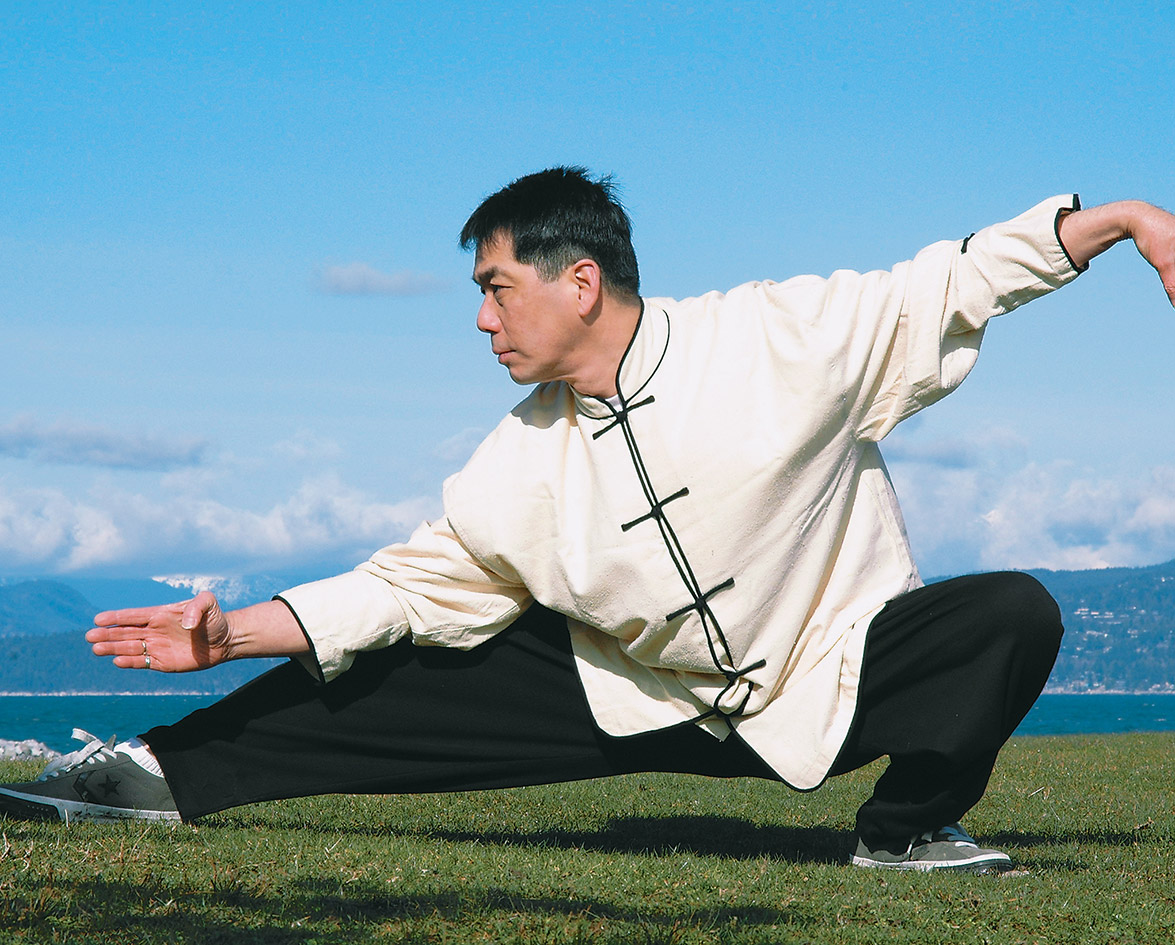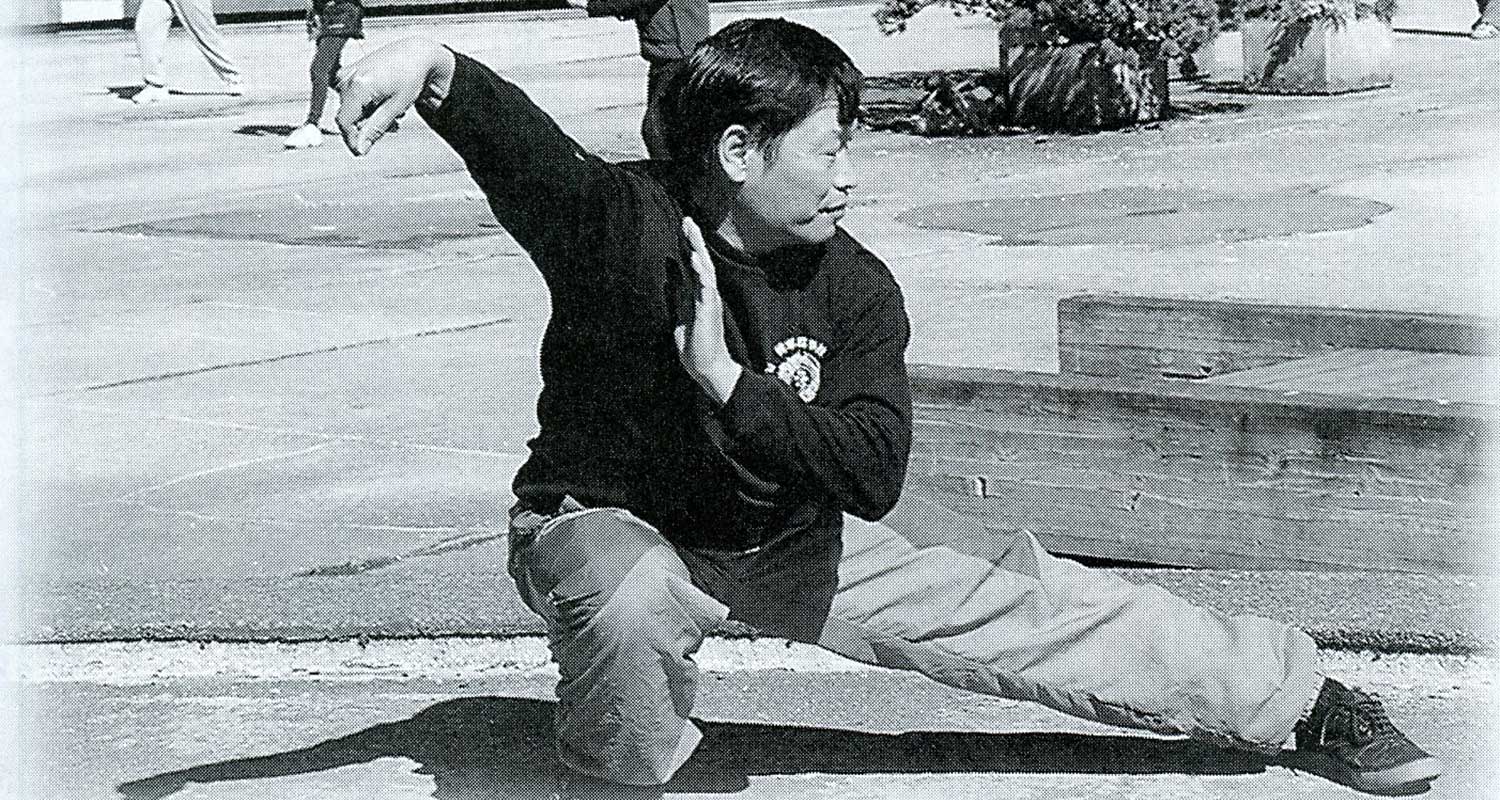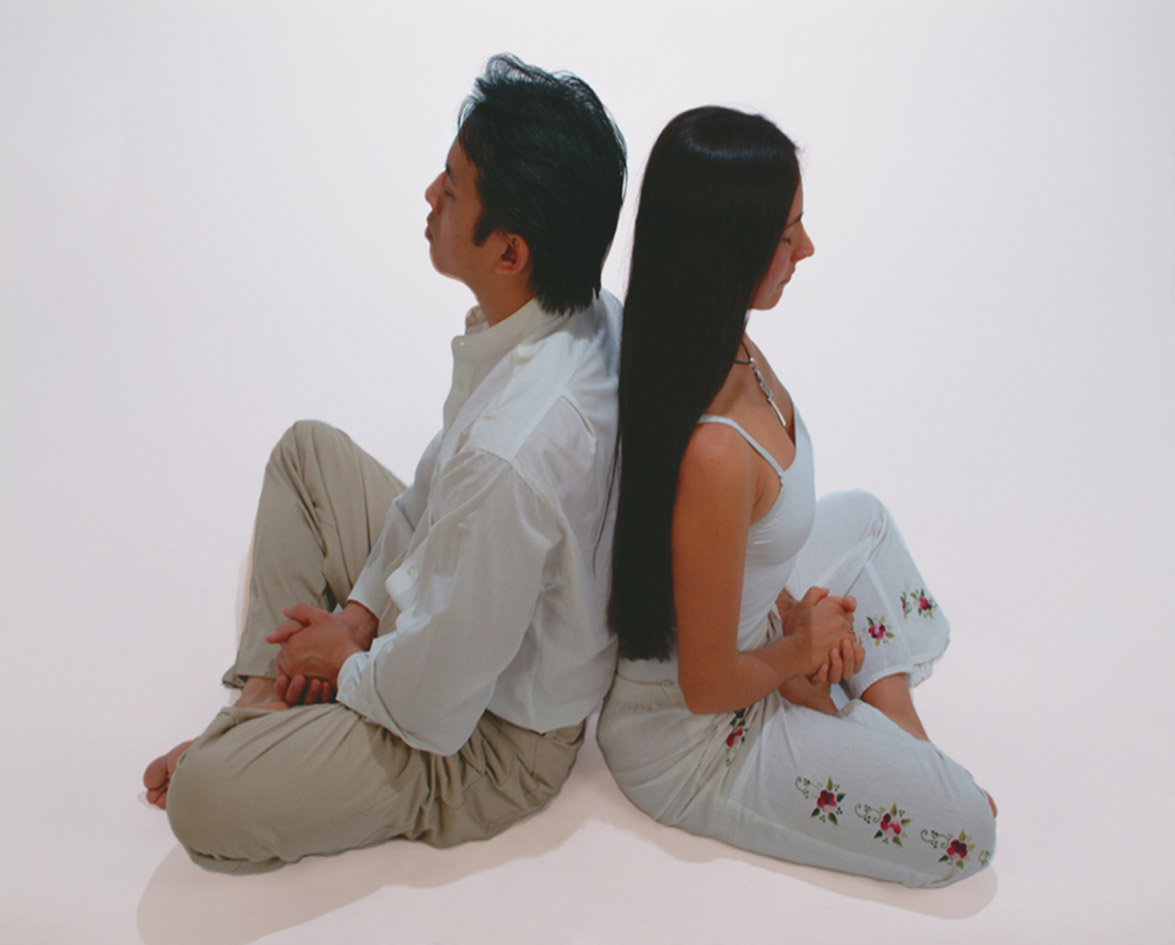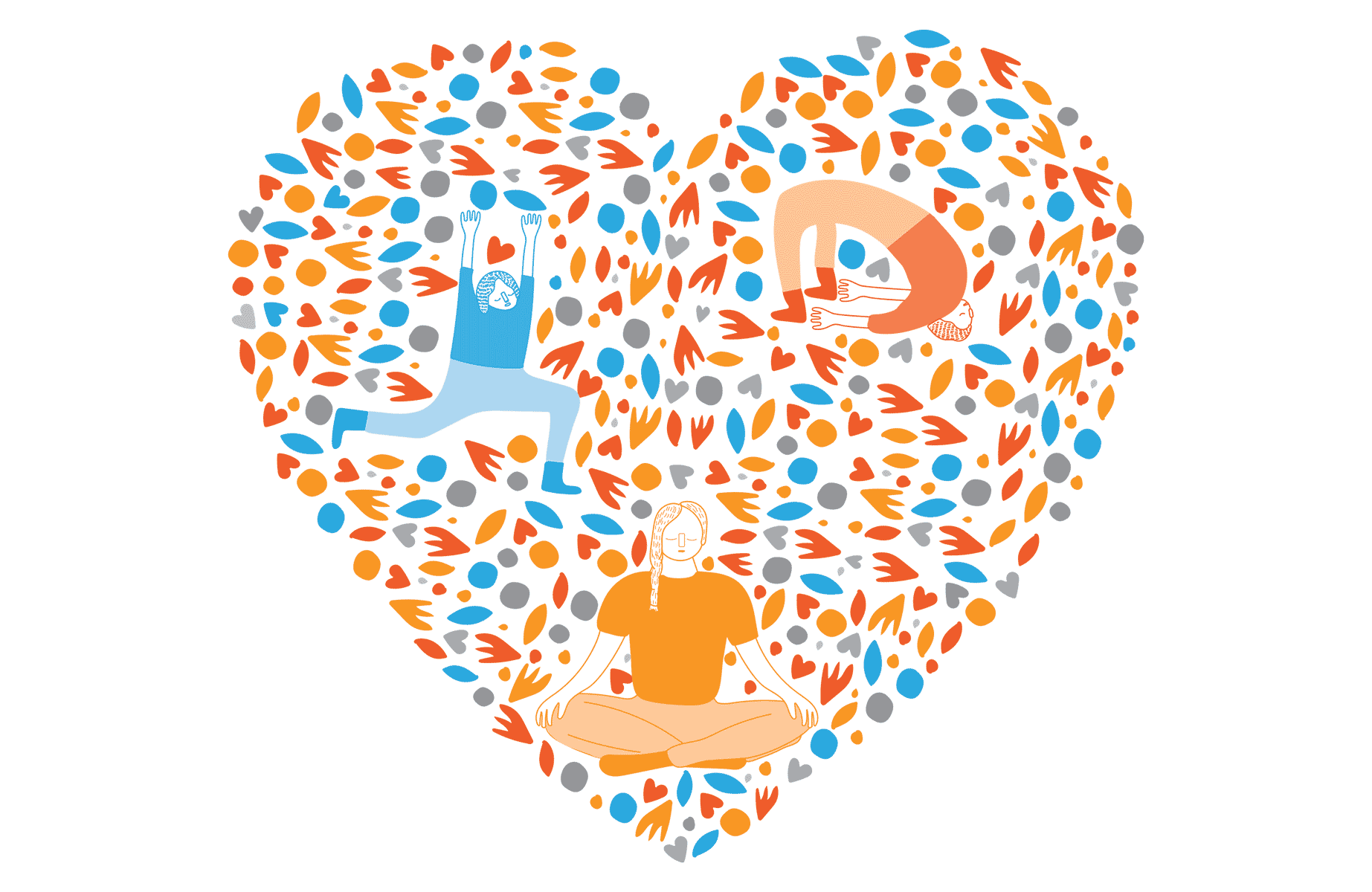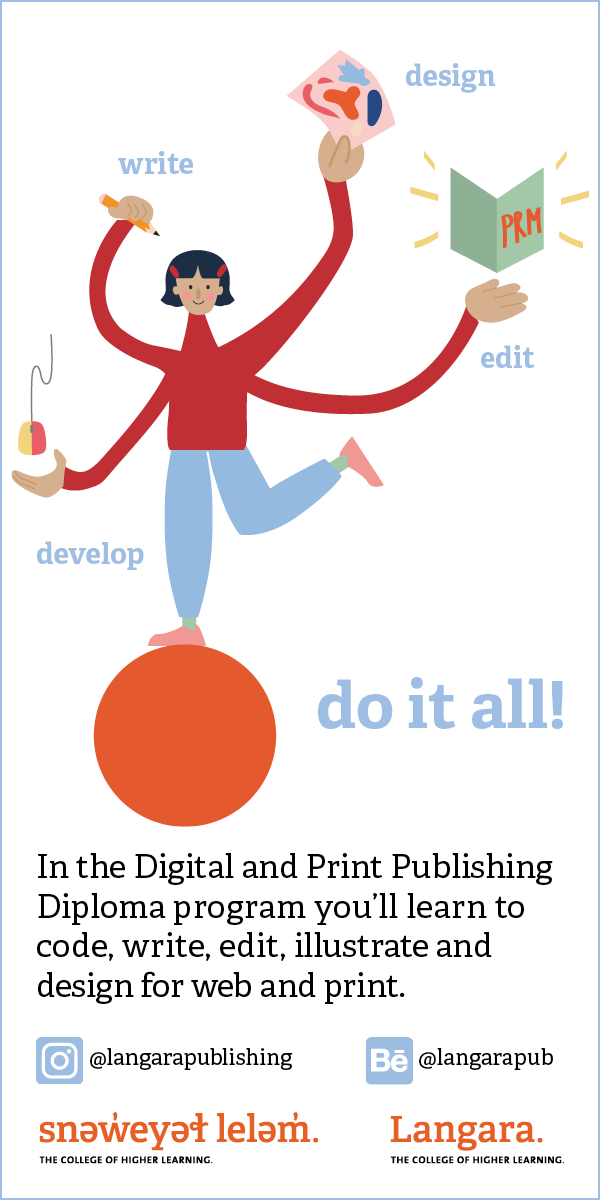With breathtaking views, a mild climate, and a diverse culture, Vancouver, British Columbia, is hailed as one of the nicest places on the planet to live. Decades of immigration and travel between East and West have allowed Eastern influences to find roots in Vancouver. In an attempt to help find balance in their busy lives, growing numbers of people are turning toward Eastern teachings of health and simplicity. One such practice is the gentle, healing art of Tai Chi.
Originating in China more than 700 years ago, Tai Chi is the creation of Taoist sage Zhang Sanfeng. Tao, meaning “The Way,” is the path of life guided by one’s mind rather than body. Sanfeng’s intent was to return health to the body, mind and spirit. After being perfected over time in the confined solitude of monasteries, Tai Chi began its spread outwards.
In 1970, Master Moy Lin-shin introduced the Taoist style to the western world and established The International Taoist Tai Chi Society, based in Ontario. His interest in the art was as a vehicle to promote and restore health, a factor that separates it from other martial arts. The Taoist Tai Chi Society, a non-profit, volunteer-based organization, has since found a home in more than 500 locations worldwide.
“It’s like one big family,” says Rose Lamont, 52, a volunteer instructor at the Surrey branch of the Taoist Society. Practicing now for nearly 15 years, Lamont chose Tai Chi to get into better shape, and help combat the effects of multiple sclerosis. In addition to “keeping the aches and pains at bay,” she found Tai Chi improved her balance and flexibility.
The Taoist Tai Chi set is comprised of 108 movements, performed in slow, gentle continuity, and with full attention on the health and spiritual benefits associated within the movements. To perfect the art takes commitment. The Taoist set can take a new student three to four months to learn. “Beginners learn stickman moves. Once the movements internalize, [the students] can begin to get the benefits from it. It’s an internal art…. You need to feel it for yourself,” Lamont says. “People often think that they can leave [the classes] after a couple of lessons and go off on their own, but you can’t.”
It’s More Than Healthy
Anthony Lee Hem, a private instructor of the Chuan form, describes Tai Chi as a “personal, subjective experience.” With more than 20 years of training in Shotokan style karate, Lee Hem has found Tai Chi to be a complimentary art. “It has put round edges to my straight lines, softness to my intentions,” he says.
Lee Hem’s friendly energy is a reflection of the importance he puts on chi, the universal force. The whole universe breathes, he says, and it’s represented in the duality of the yin and yang: rest and movement, off and on, out and in. For energy to flow through us, we need to open up channels in our bodies to receive the flow.
Aside from promoting improved balance and flexibility, regular practice of Tai Chi addresses “muscle and joint issues, circulation problems, high blood pressure and arthritis. It is also an effective way to treat depression and reduce the chance of strokes,” says Mark Kramarik, doctor of Traditional Chinese Medicine and registered acupuncturist.
It’s been said that you have nothing if you don’t have your health. But are we doing enough to attain a healthy lifestyle? Are we working to find balance and understanding in our lives? Can we use the principles of Tai Chi to bring us into perspective, and allow us the physical and mental freedom we need? Maybe it’s time we stop, just for a moment, and find a quiet space – just to be – in one of the most beautiful places on earth.





